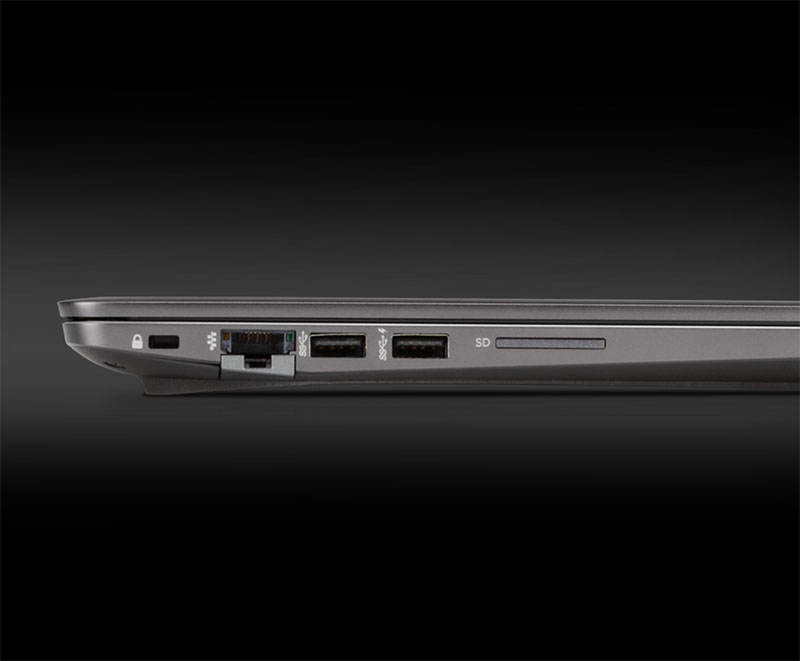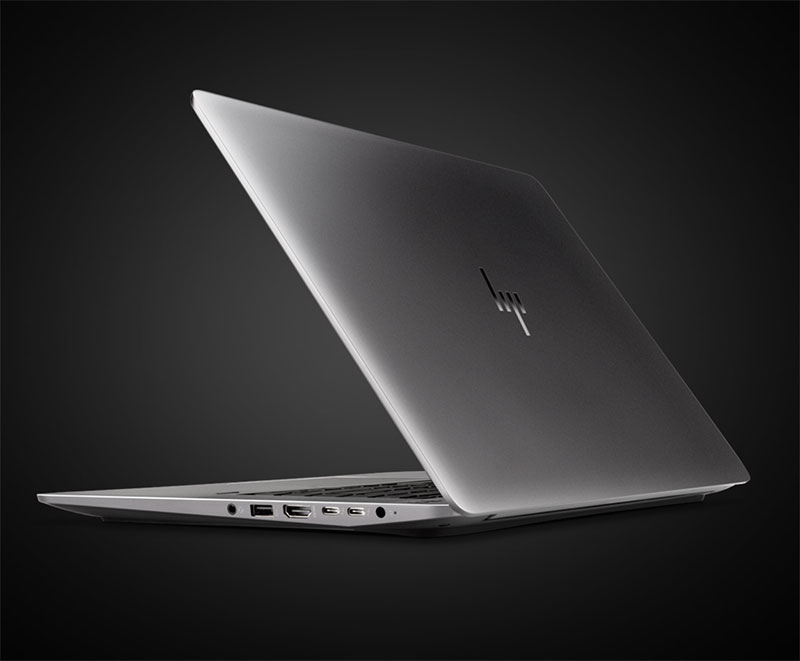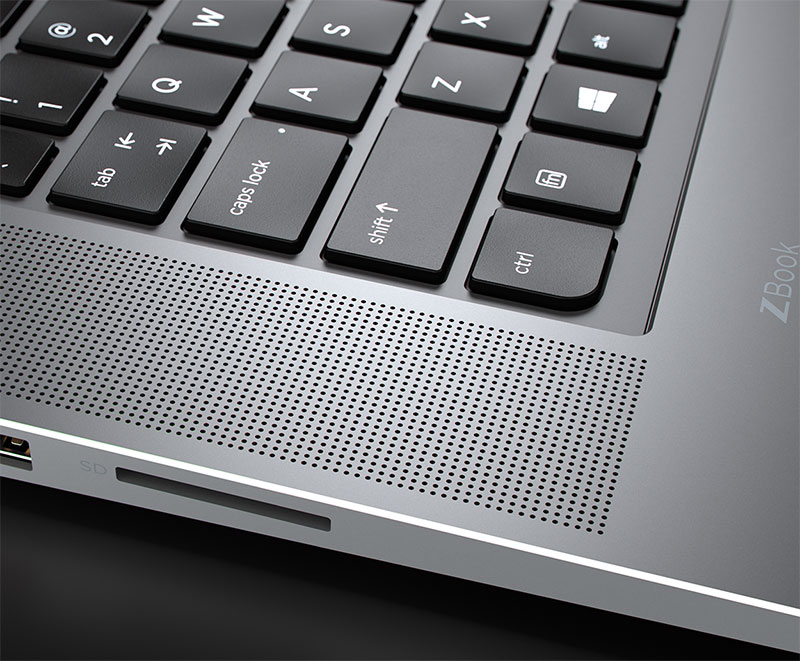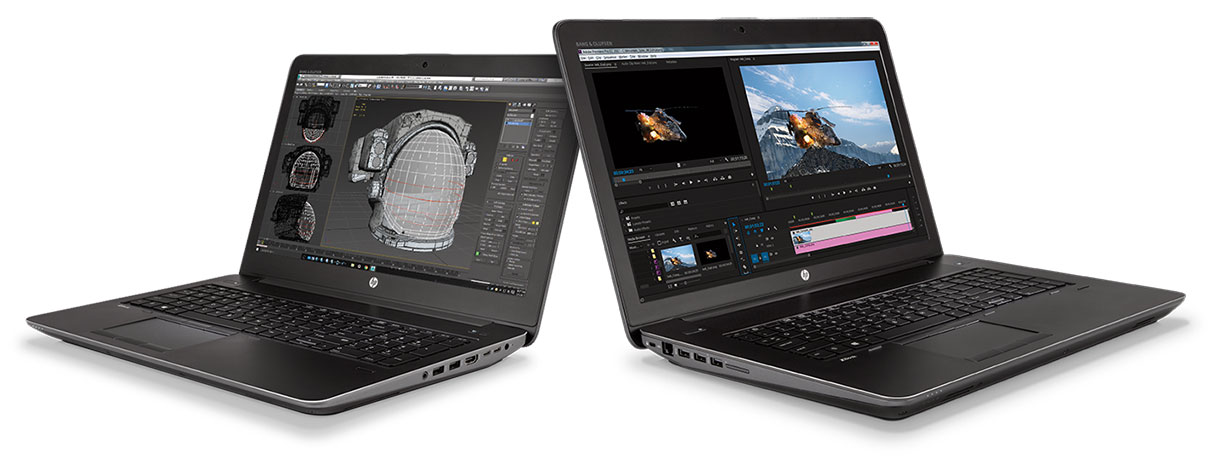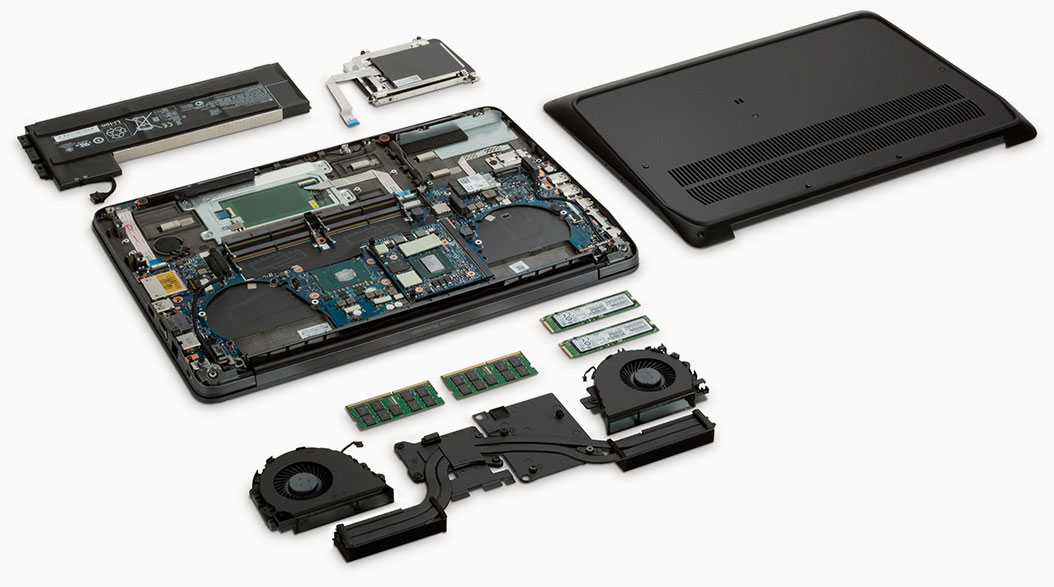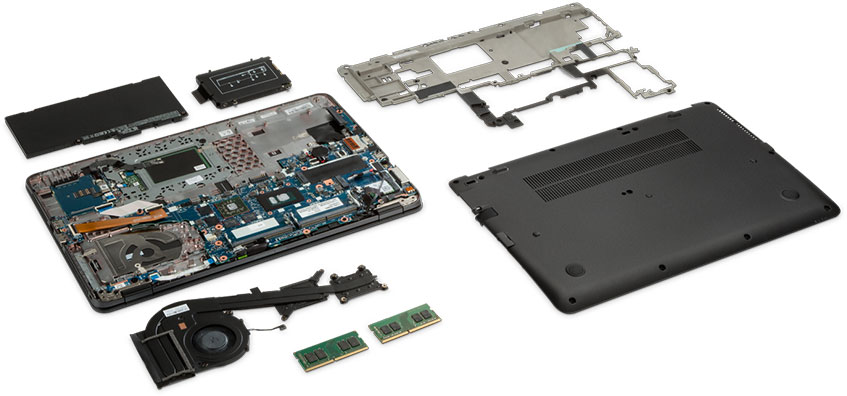
For those who need to take that level of power on the road, that need has created the mobile workstation market. HP has long been a player and it announced a refresh of its own Zbook line of mobile workstations.
The laptop line is getting four new machines and HP is focusing that the intellectual product created by each machine is kept secure. With that, the company incorporated its various device security technologies and software, including HP Sure Start Gen3 self-healing PC BIOS. This provides encryption, strong authentication, malware protection, data protection, identity assurance, and threat detection and response.
First up in the new line is the HP Zbook Studio, which starts at $1,399, is the company’s highest-end machine that is built around an HP DreamColor 4K UHD (3,160 x 2,160) display with 100 percent AdobeRGB color gamut support. It is a relatively thin and light machine, at 18mm thick and 4.6 pounds, and is made from machined aluminum with diamond-cut edges to match HP’s recent design aesthetic.
The Studio offers high-end components such as a choice between Intel Xeon and seventh-generation Core processors, Nvidia Quadro professional GPUs, and up to 2TB storage with support for dual HP Z Turbo drives and dual 40Gb/s Thunderbolt 3 ports. To ensure its ability to work in most environments, HP subjected the Studio to 14 Military Standard 810G tests.
The HP Zbook 15 and Zbook 17, starting at $1,519 and $1,419 respectively, represent the company’s “ultimate power and performance.” The machines offer up a choice between Intel Xeon and seventh-generation Core processors, Nvidia Quadro or AMD Radeon Pro graphics, up to 4TB of storage options, and up to 64GB of DDR4-2400 ECC or non-ECC RAM. These models offer a choice of 15.6-inch and 17-inch displays, including Full HD (1,920 x 1,080), 4K UHD, and HP DreamColor options.
The 17-inch model offers additional graphics options that enable 90FPS virtual reality support. Both machines offer a plethora of ports, including gigabit Ethernet, VGA, three USB 3.0 ports, two USB Type-C ports with Thunderbolt 3, an HDMI port, and 3.5 mm combo audio port. Just like the Studio, the 15 and 17 models were subjected to 14 Military Standard 810G tests to ensure sufficient ruggedness to withstand harsh environments.
Finally, the HP Zbook 14u, which has not yet received pricing, is the company’s most portable mobile workstation. The machine is 22mm thick and starts out at 3.61 pounds, and utilizes a 14-inch Full HD display with optional touch. Component options include AMD FirePro 3D graphics, seventh-generation Intel Core processors, up to 32GB of RAM, and up to 2TB of storage. The 14u is ISV-certified for major applications and MIL-STD-810G compliant.
All of the machines except the 14u are now available. Each is equipped with HP’s Remote Graphics Software for remote collaboration, HP Performance Advisor for optimal performance, and HP Velocity for superior network performance.
